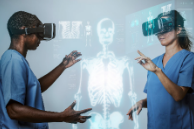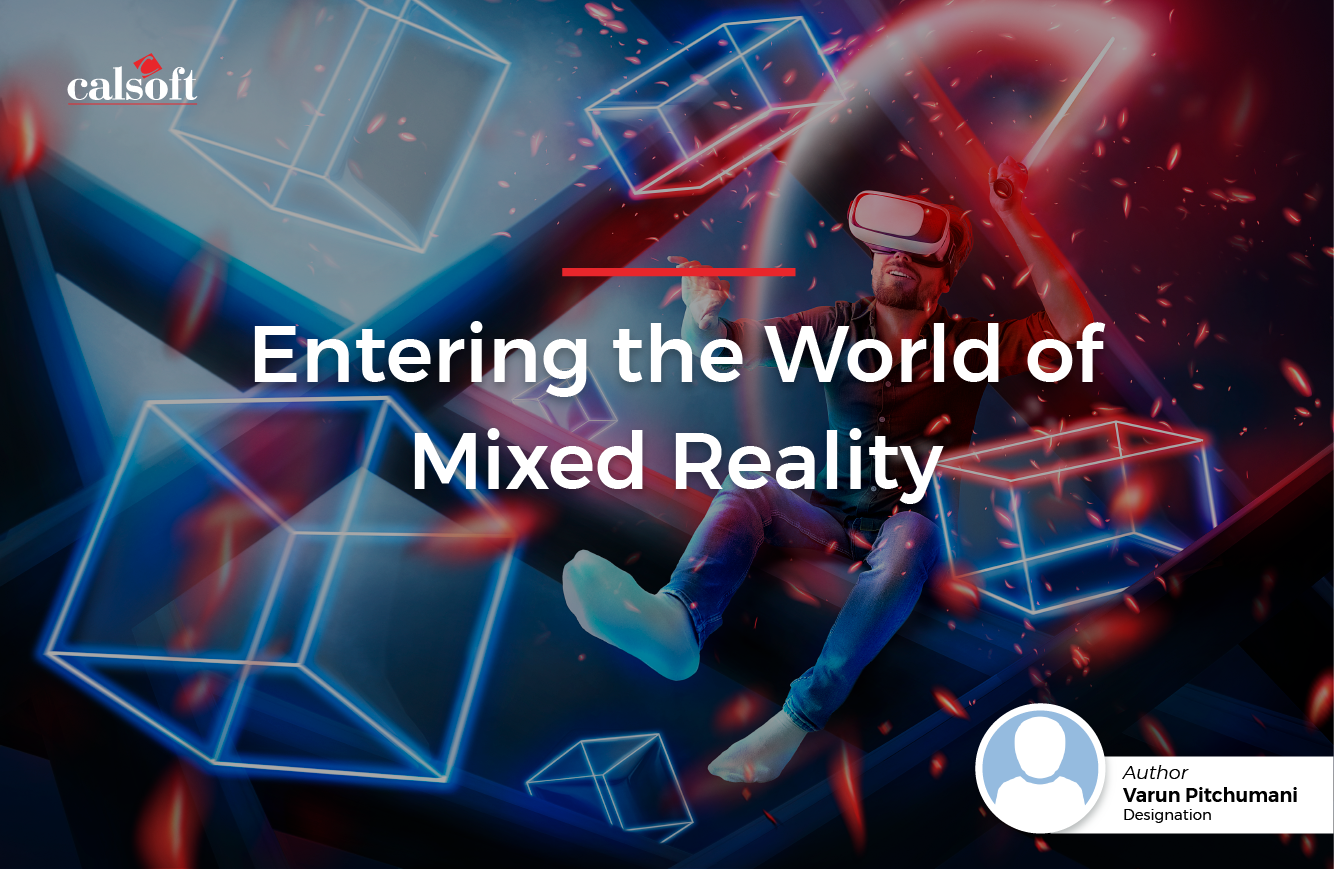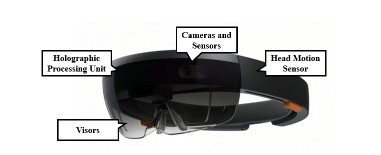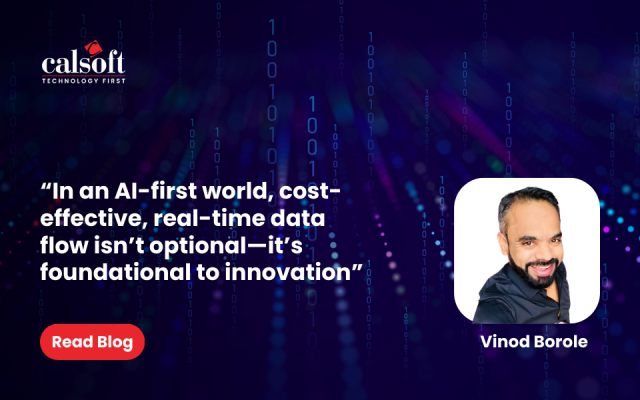Entering the World of Mixed Reality
“Technology Evolution to lead a better life.”
The term “Mixed reality” (MR) describes the interplay of the physical and digital worlds. It enables the layering of digital elements and their interaction with the physical world.
In contrast to augmented reality – a partially digital experience and virtual reality – a totally digital one mixed reality offers people the best of both worlds. In MR experiences, the user can interact with both the physical and digital components without being restricted to a screen. In order to build the digital components appropriately, MR technology has to collect data from the physical world.
What sets AR, VR, and MR apart?
| Augmented Reality (AR) | Virtual Reality (VR) | Mixed Reality (MR) |
|
Digital elements are continuously superimposed on the real world during augmented reality events, but they don’t communicate with one another. |
The user’s surroundings are completely ignored by virtual reality technology. The only thing the user does is interact with the virtual world. |
The user can interact with both digital and actual objects in MR experiences. |
How does mixed reality work?
Advanced AI sensors, cameras, graphic processing units (GPU), and processors, such as graphic cards and core chips, enable MR devices to analyze and store data in three dimensions. The mixed reality experience improves as a device’s capabilities increase.
Users using MR devices can access software by connecting to a wired or wireless console to generate immersions, the software can move, duplicate, or add virtual items all around you.
To produce realistic MR experiences, robust input sensors and SDKs are essential. The immersion experience is lost if the input sensing stops functioning at any time.
An example of an MR device
(Source: researchgate.net)
Real-World Examples of Mixed Reality
 |
Marketing. Before making a purchase, customers can virtually try out and engage with a company’s goods or services using MR headsets. |
 |
Healthcare Real human body components appear as holograms in MR simulations. Additionally, it has developed into a potential tool for educating medical experts and students. |
MR is crucial in the following areas as well:
- Education
- Fitness Training
- Entertainment
- Construction sites
- Video calls
Benefits of MR
- Strong customer base: Next-generation AI and mixed reality can be used to leverage the provision of unforgettable consumer experiences.
- The AR filters people use on Instagram are mixed reality experiences, making mobile AR the most popular mixed reality option available today on social media.
The downsides of MR do exist, though.
- Developing an MR has significant up-front expenses.
- Few users may not be comfortable using a device to experience MR.
MR devices
 |
Holographic devices
See-through display. Allows the user to see the physical environment while wearing the headset. |
 |
Immersive devices
Opaque display. Blocks out the physical environment while wearing the headset. |
Final thoughts
In the future, all forms of mixed reality technology will have a significant impact on our lives, both personally and in business.
These technologies ought to increase everyone’s productivity, free up time, and perhaps even increase their enjoyment of some low-level jobs.








